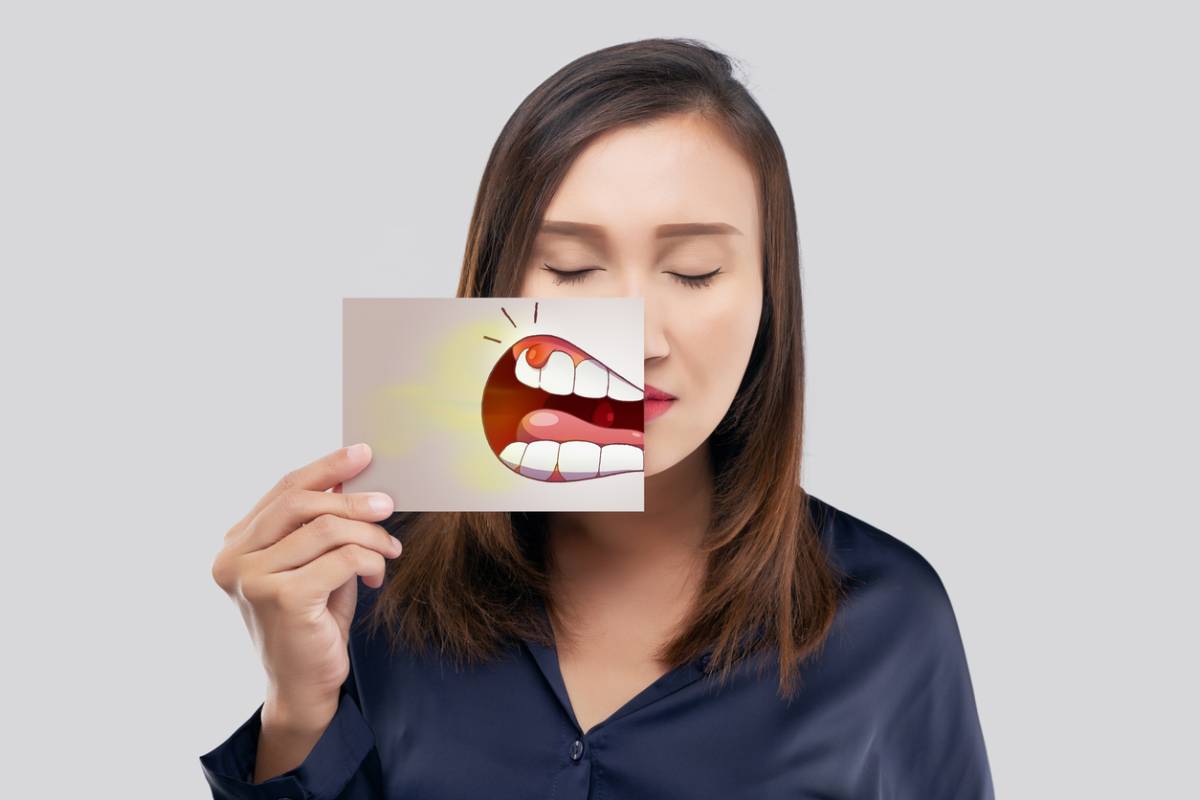According to studies, about 40 percent of the adult population in the US has some form of periodontal disease. But can periodontal disease be reversed? In this article, we discuss the methods modern periodontics, a field of dentistry specializing in the prevention and treatment of gum disease, can offer patients.
Can Periodontal Disease Be Reversed?
In most cases, periodontal disease can not be reversed completely, especially in more advanced stages. However, if you start treatment in a timely manner, there is a good chance of stopping the disease’s further development and significantly improving the health of your gums.
What Causes Periodontal Disease
Periodontal disease is also called gum disease. It is a chronic inflammation of the gum tissue typically caused by bacterial growth in the mouth. In most cases, bacteria proliferate in plaque and tartar that accumulate on the teeth due to consistently insufficient oral hygiene. In more advanced stages of gum disease, the plaque can collect not only on and between the teeth but also underneath the gum line and in periodontal pockets—spaces in places where the gum connects to your teeth.
Other causes and risk factors of periodontal disease include:
- Smoking
- Diabetes and other chronic health conditions
- Genetic predisposition
- Hormonal changes
- Medication side effects
- Insufficient nutrition
If you have any of the risk factors we mentioned above, pay special attention to your daily oral hygiene routine and visit your dentist regularly to prevent the development of periodontal disease. Untreated gum disease can lead to tooth decay, tooth loss, and deterioration of the jawbone in advanced stages.
Periodontal Disease Treatment Methods
Modern dentistry can offer non-surgical and surgical methods of periodontal disease treatment, depending on the severity of the case.
Non-surgical treatment methods include:
- Medication, such as oral antibiotics, reduces or stops bacterial growth in the mouth and helps keep gum infections at bay. Your dentist can also prescribe topical medication, such as antibacterial gels, rinses, etc.
- Scaling and root planing is a procedure that involves the professional removal of plaque and tartar not only from the teeth but also underneath the gum line. Also, your doctor will polish the roots of your teeth to encourage the gum tissue to reattach.
- Pinhole Technique is a minimally invasive procedure that utilizes only a small incision to rearrange the gum tissue, instantly improving the appearance of your gums. It is especially effective in cases when periodontal disease causes gum recession. However, this method is often combined with other treatments to combat the infection.
- Improvement in personal oral hygiene is a key to periodontal disease treatment, as bacteria cause it in most cases.
- Lifestyle modifications such as abstaining from smoking and alcohol are recommended to help reduce inflammation and make infection treatment more effective.
- Various laser treatments can be effective at reducing pain, bleeding, swelling, and other consequences of gum disease while being minimally invasive.
Surgical gum disease treatment methods include:
- Gum and bone grafting is a method of surgically adding artificial or naturally derived tissue to strategic areas in the gums and jawbone to prompt their regeneration. Soft tissue grafts are also effective when exposed tooth roots, due to gum disease, have to be covered and protected.
- Pocket reduction surgery, also known as flap surgery, involves reducing the size of the spaces between the gum tissue and teeth, called periodontal pockets, to prevent plaque and tartar accumulation in the pockets.
Signs of Gum Disease
The sooner you start addressing periodontal disease, the more chances you have to improve the condition of your gums and avoid such negative consequences as gum recession and tooth loss. Make an appointment with your dentist in a timely manner if you notice one or more of the following symptoms of gum disease:
- Swollen, tender, or sore gums
- Irritated or red gums
- Gum bleeding
- Persistent unpleasant taste in the mouth or bad breath
- Pimples or cysts on the gums
- Unstable teeth
- Changes in the way your teeth fit together
- Pain in the gums and teeth when chewing food
- Receding gums
Treat Periodontal Disease with OC Dental Specialist
If you notice any of the signs of gum disease we listed in this article, make an appointment with an experienced periodontist at the OC Dental Specialist office as soon as possible. We use modern examination methods and offer our patients a comprehensive approach to periodontal disease treatment, and help you improve your oral health. We look forward to your visit.

